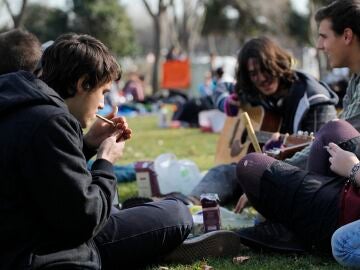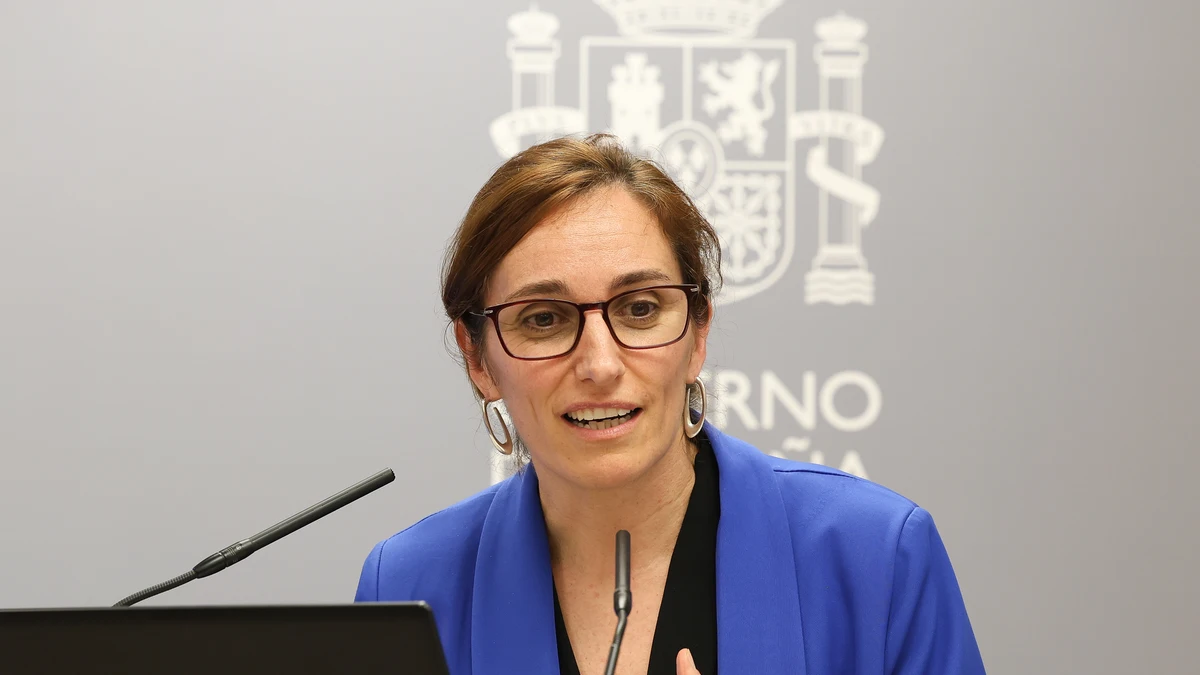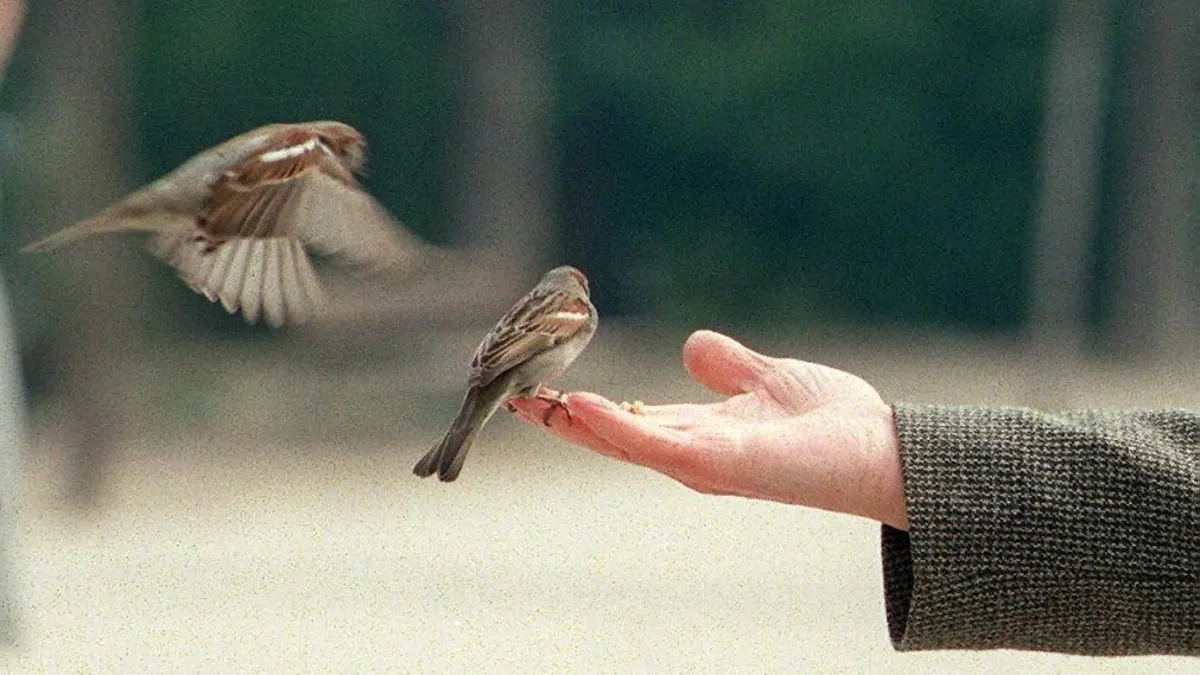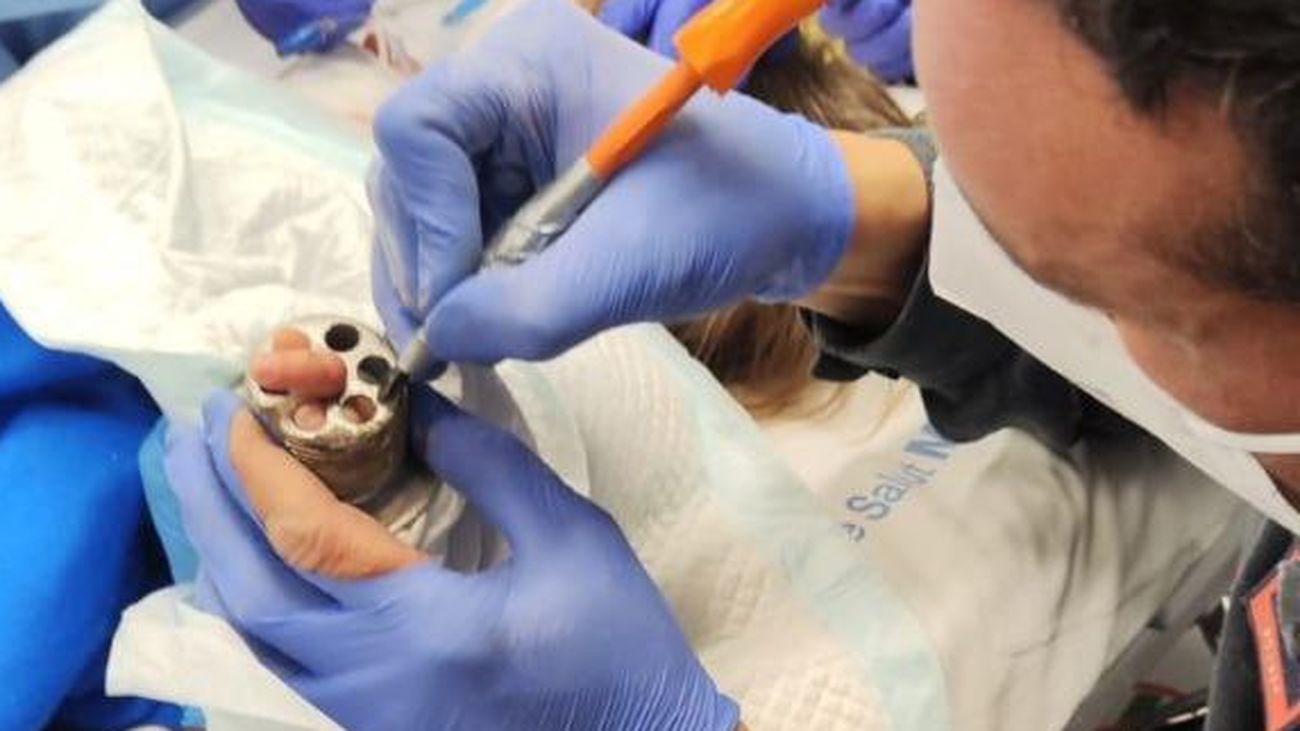47% more in mental disorders in minors

The mental health problem in minors is increasing, and the moment of implosion is becoming better known: confinement due to the pandemic. Some initiatives attempt to address this issue with programs such as the SM We educatewhich has launched "Emotional Climate" to bring out the silent reality of the classroom as it seeks to detect mental health problems and bullying among students.
According to the Spanish Association of Pediatrics (AEP), the mental health of children and young people has deteriorated in recent years. With the pandemic, there has been an increase of up to 47% in mental health disorders in minors, with episodes of anxiety, self-harm or stress. «In this context we thought that technology could serve as support. Not with the idea of replacing the work of the teacher, but rather of anticipating the detection of the problem, being able to tackle it much earlier, thus preventing the impact on the mental health of the students from being so great”, says Roberto Benito, director of SM Educamos. , SM's digital educational ecosystem.
In this sense, they highlight that emotional education has become the competence most in demand by teachers after the pandemic, hence the launch of "Emotional Climate". «A digital proposal that makes it easier for children and young people to express their emotional state. And if they need it, being able to provide all the information that helps their tutor and teachers understand what is happening to them. A tool to facilitate conversation and anticipate possible problems, which in the first days of its launch has already been implemented by a hundred schools”, explains Benito.
For his part, the expert from the International Self-Harm Society and professor at the International University of La Rioja (UNIR), Juan Faura, warned yesterday that "17% of children between the ages of 10 and 17 engage in non-suicidal self-harm behaviors, and the most frequent age at which they begin is usually between 13 and 16 years."
During the 1st Conference on Self-Injury and Suicidal Behavior given at UNIR in collaboration with the ITA Group, Faura pointed out that this type of action does not always have suicide intentions. «You can talk about self-harming behaviors or thoughts that do not have suicidal intent. They do not necessarily have to be associated with a mental disorder or a comorbid pathology. It can be an emotional regulation behavior or the physical expression of some specific problem that is affecting the person at that moment, "she explained.
The psychologist warned that "non-suicidal self-harm behaviors are a problem with a higher incidence in minors, at an early age, which can develop potential problems in adulthood, some of them related to suicidal ideation." Although Faura explained that the link between non-suicidal and suicidal behavior is still being investigated, which does not have to be linear or progressive, but a great relationship has been seen between them.
Faura recalled that there is still a great taboo and stigma when talking about these issues. Despite the fact that research is currently "very scarce and is beginning to generate interest", Faura stressed that "prevention and intervention exist, although they are incipient, but there is great hope in them".
The expert psychologist in autolytic ideation and suicide attempts and professor at UNIR, Patricia Vega, recommended acting as soon as possible. "It is important to intervene through a safety plan with people who have had a suicide attempt from the first moment, whether it has occurred or is an idea," she stated during the conference.
According to the expert, today 17% of people with suicidal ideas have made an attempt. In addition, the professor indicates that "a relevant fact is that people with a suicide attempt usually ask for help a year before, either through family, friends or through primary care doctors."
Some alarm symptoms among the adult population may be that the person expresses feeling alone, dissatisfaction with continuing with his life, isolation or a feeling of helplessness in the face of a problem or situation.
Among youth, behaviors such as withdrawal, crying uncontrollably, poor school performance, dropping out of sports, or sleeping all day can be signs of concern.
UNIR recalls that suicidal behavior is the fourth leading cause of death in minors and young adults between 15 and 29 years of age.









